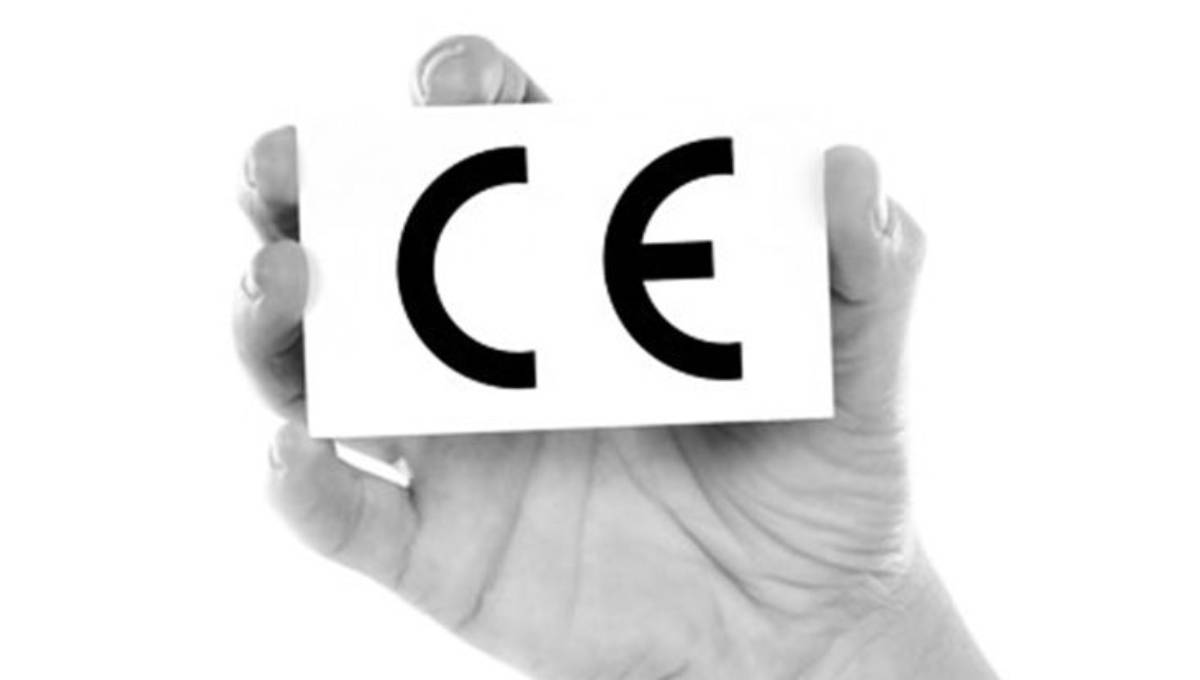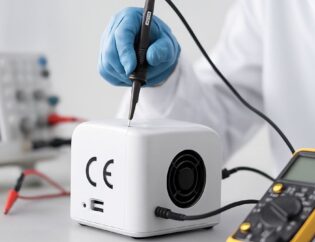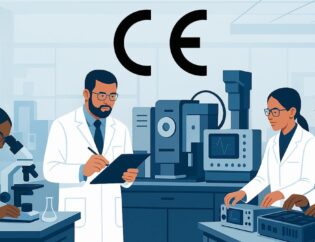
How the CE Mark Contributes to Consumer Safety
The CE certification is not merely a symbol or a marketing tool. As part of a comprehensive compliance and safety system established by the European Union, it indicates that a product meets specific health, safety, and environmental protection requirements. In this respect, the CE mark serves as a key element of trust for consumers.
What is the CE Mark?
CE stands for “Conformité Européenne”, which means “European Conformity” in French. A product bearing the CE mark signifies that it can be legally placed on the market in countries within the European Economic Area (EEA). More importantly, the mark indicates that the product meets minimum safety standards.
How CE Certification Enhances Consumer Safety
- Minimum Safety Level
The CE mark indicates that the product provides at least a basic level of protection against specific risks. This includes protection from:
- Electric shock
- Fire hazards
- Mechanical injuries
- Radiation exposure
- Compliance with Standards
Products with the CE mark are tested under European standards (EN standards). These tests evaluate the product’s performance and safety based on objective criteria. - Risk Analysis and Product Validation
Manufacturers are obligated to conduct a risk assessment for the product and take necessary technical precautions to reduce those risks. This ensures that safer products are made available on the market. - Traceability and Recall Mechanisms
CE-marked products are subject to regulations that define how they can be tracked and recalled if necessary. This ensures that consumers have access to products that are better monitored and more easily regulated.
Safety Risks of Products Without CE Certification
Products that do not bear the CE mark may not have undergone essential technical or safety inspections. This can expose consumers to risks such as:
- Electrical hazards
- Fire risks
- Physical injuries
- Potential environmental harm
CE Certification as a Symbol of Trust
The CE mark serves as a guarantee that the product meets minimum safety, health, and environmental criteria. For consumers, it means the product has undergone certain controls and is part of a traceable system. For manufacturers, it is a legal obligation that demonstrates fulfillment of their responsibilities.









